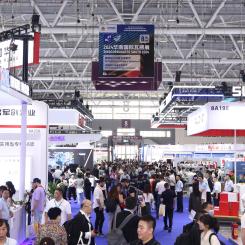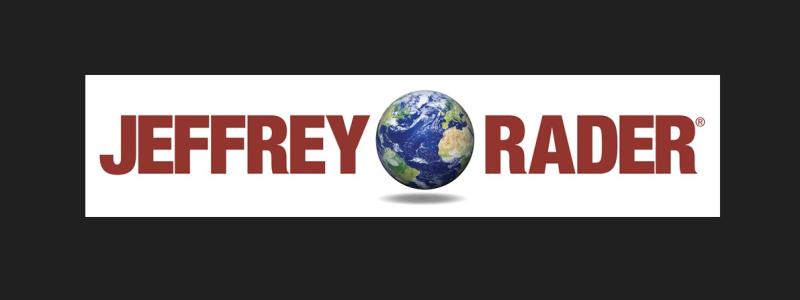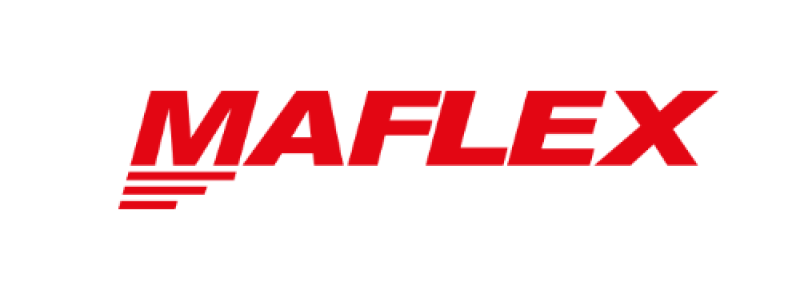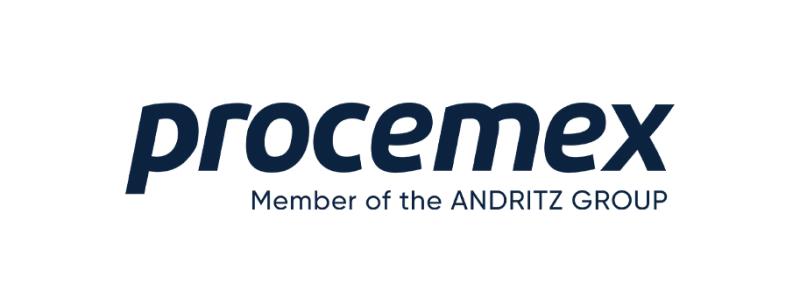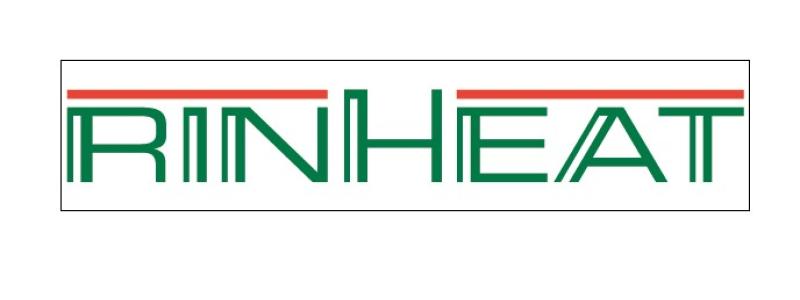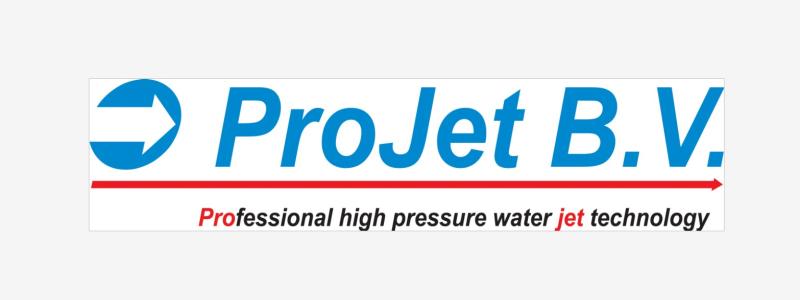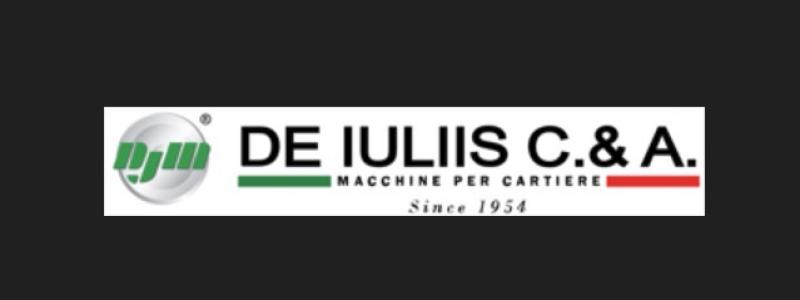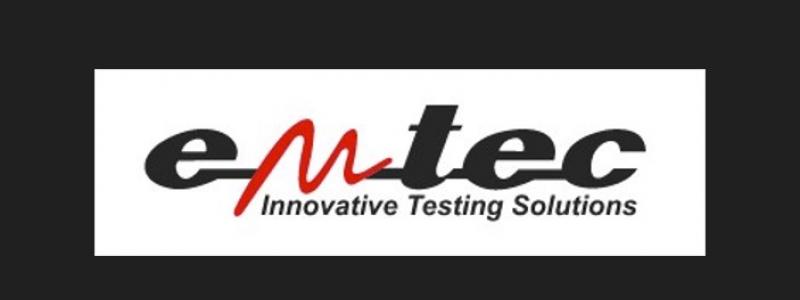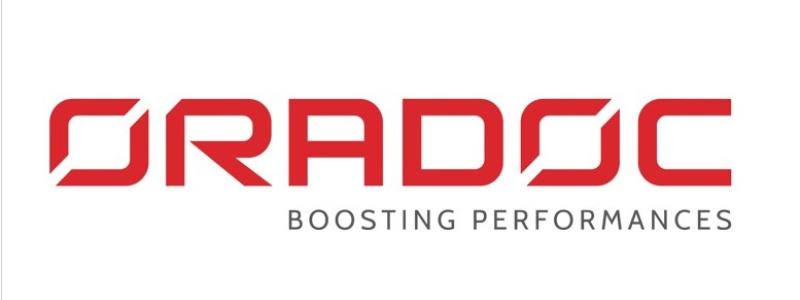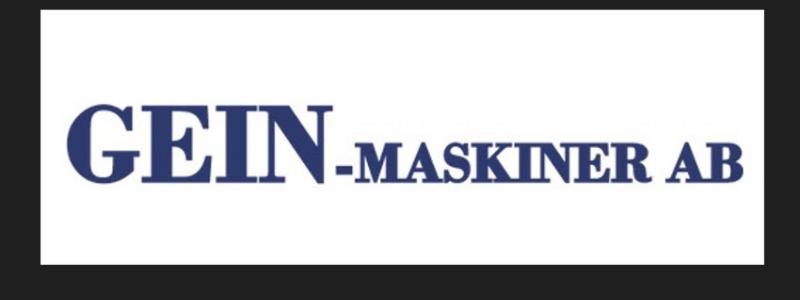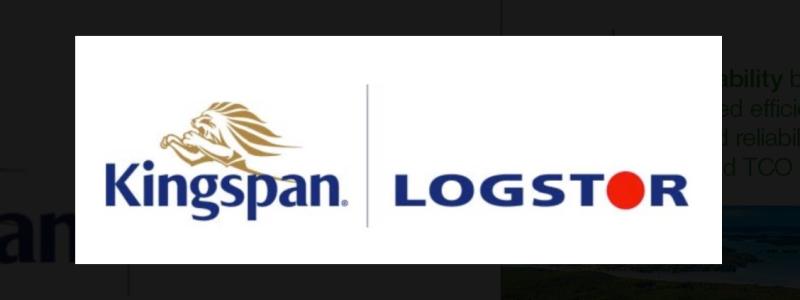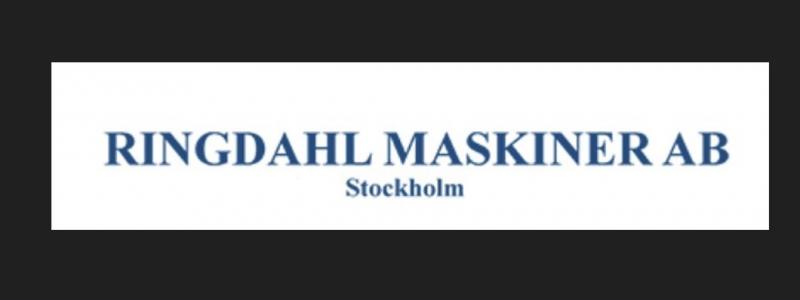According to PwC Canada's 16th Annual Global CEO Survey released recently in Davos, Switzerland, forest, paper & packaging (FPP) CEOs are less confident about revenue growth over the next 12 months than their peers in other sectors, but are more optimistic about their company's revenue prospects in the next three years.
"The CEOs of forest, paper and packaging companies are a resilient bunch. Recently they've faced challenges such as shifting demand and markets, a bumpy economy, overcapacity, environmental issues and rising costs," said Bruce McIntyre, Leader of PwC's Forest, Paper and Packing practice in Canada . "CEOs have identified their top three priorities: enhancing operational effectiveness; investing in innovation and R&D; and developing new business models."
McIntyre says, "FPP CEOs are intensely focused on trimming any fat from operations." The survey found 92% of sector CEOs have implemented a cost-reduction initiative in the past 12 months, and 89% are planning to in the coming 12 months. This result is higher than the overall average of 70% of CEOs across all sectors in the PwC survey. Some of the cost reduction reported was through staff cuts, which are expected to continue, with 18% of FPP CEOs reporting plans to cut their workforce by more than 8% this year.
R&D and innovation is a top priority for 42% of FPP CEOs in the next 12 months — a full 10% higher than the overall average across the entire CEO Survey. Almost three-quarters of the FPP CEOs said they will make changes to increase capacity for innovation and R&D.
Half of the FPP CEOs surveyed have entered into a new strategic alliance or joint venture in the past year, 34% completed a cross-border M&A and 32% completed a domestic M&A. "The high degree of transactions and partnerships reflects the broadening uses being found for fibre such as bioproducts, biofuels, and textiles."
CEOs reported plans to conduct even more deals in the coming 12 months, with 58% contemplating a strategic alliance or joint venture, 47% a cross-border M&A, and 34% a domestic M&A.
















